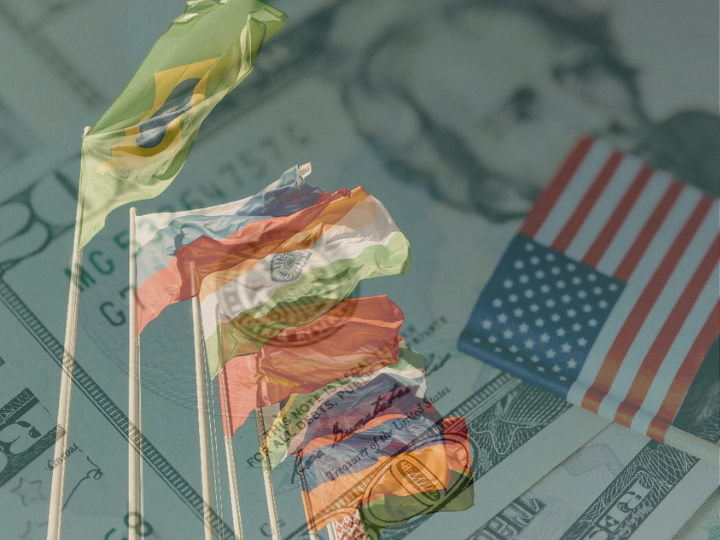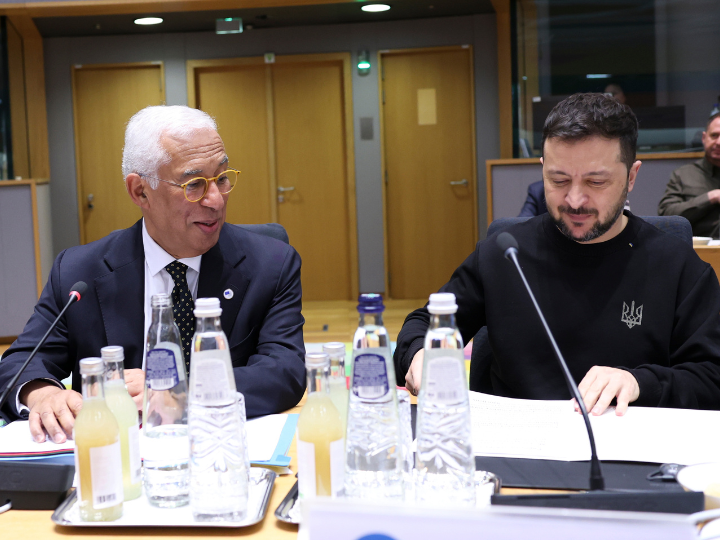1. BRICS member states now represent 45% of the world’s population, while the G7 (United States, Germany, Canada, France, Great Britain, Italy and Japan) only account for 10%.
2. The BRICS countries account for 35% of global GDP, while the G7 only represents 30%.
3. BRICS member states are responsible for approximately 50% of global CO2 emissions, compared to approximately 21% produced by the G7.
4. Membership of the BRICS has expanded well beyond the initial five members — Brazil, Russia, India, China and South Africa.
5. The term BRICS+ is now mostly used, as Egypt, Ethiopia, Iran and the United Arab Emirates (UAE) officially joined in 2024.
6. More than 40 countries have expressed an interest in membership — including NATO member Turkey and Indonesia.
7. However, the interests of major players such as China, India and Brazil are becoming increasingly difficult to align into a common strategy. Brazil and India want to portray themselves as "non-aligned."
8. In contrast, Russia, China and Iran are keen to compete with the dollar as a reserve currency, to circumvent sanctions and to present a counter-model to the West, which is perceived as too dominant.
9. Meanwhile, countries such as South Africa and Egypt, on the other hand, attach importance to economic diversification and strengthening the voice of the global South without burning all other bridges.
10. For its part, China is attempting to dominate the BRICS alliance politically. However, India is growing into another major regional power that is competing with China’s ambitions — especially as India is acting in an ambivalent strategic manner.
11. For India, BRICS membership is increasingly becoming a balancing act. It is the only country in the group to find itself in open conflict with heavyweight China.
12. India clearly rejects the anti-Western course that China, Russia and Iran would like to see for the BRICS. Delhi is also skeptical about the attempt to push for a move away from the dollar.
*first published in: Theglobalist.com




 By: N. Peter Kramer
By: N. Peter Kramer
